

Ocean Sustainability Guide
A Path to Protecting Our Ocean



Introduction
Welcome to the Ocean Sustainability Guide, created by 4ocean. We’re on a mission to end the ocean plastic crisis, and we believe that everyone has a role to play. This guide is designed to empower you with the knowledge and tools you need to make a positive impact on our oceanwhether at work, at home, or in your daily life. Together, we can turn the tide on ocean pollution and protect the health of our planet for future generations!
Mission
4ocean is a purpose-driven business founded on the belief that business can be a force for good. Since our inception, we've removed tens of millions of pounds of trash from the ocean, rivers, and coastlines through our global cleanup operations. Our mission is simple: end the ocean plastic crisis. We employ full-time captains and crews around the world to make this happen. But we can’t do it alone. We rely on the support of amazing companies like the one you work for, who care deeply about the environment and are committed to making sustainable choices. This guide will help you understand the challenges our ocean face and how you can help protect them.


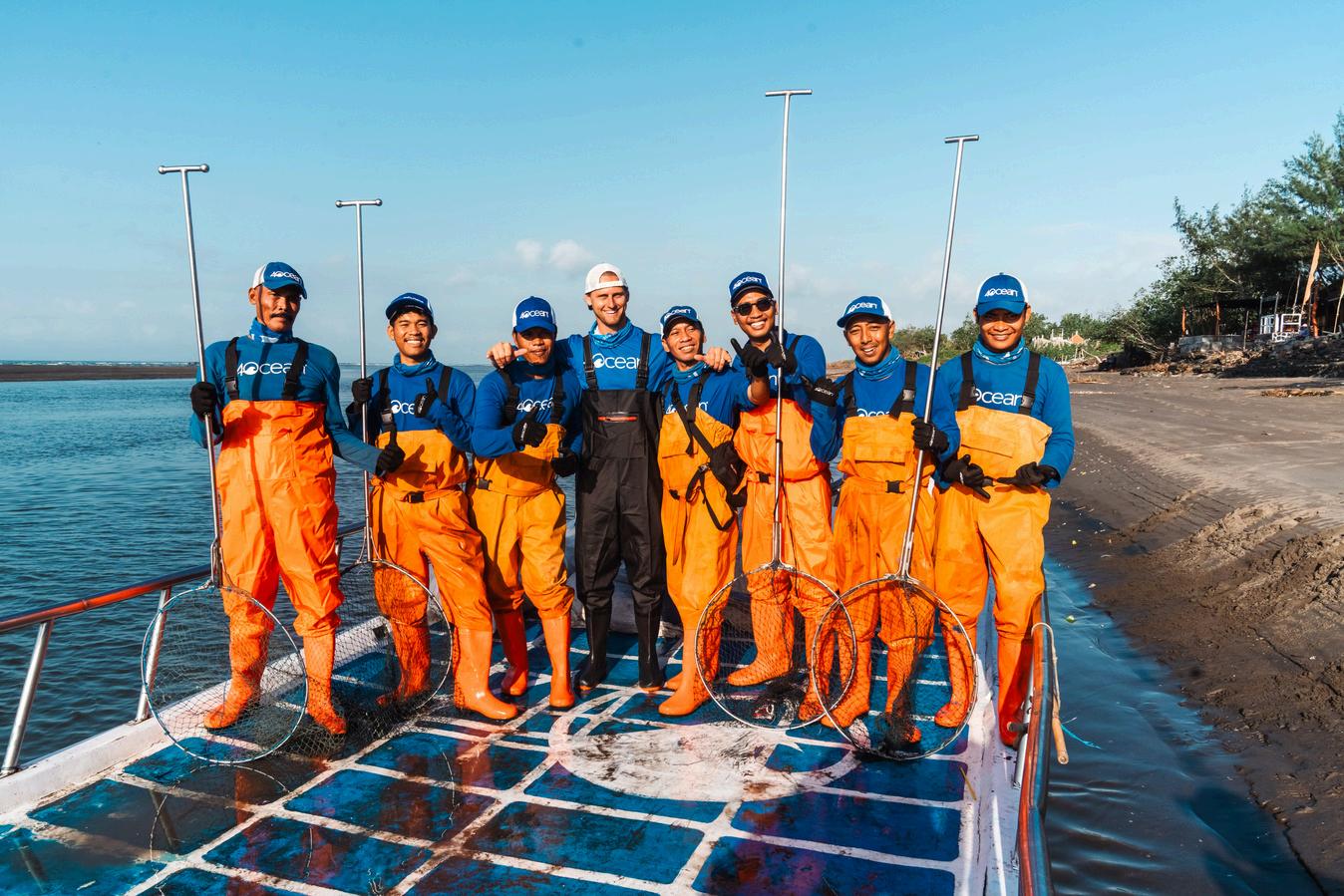
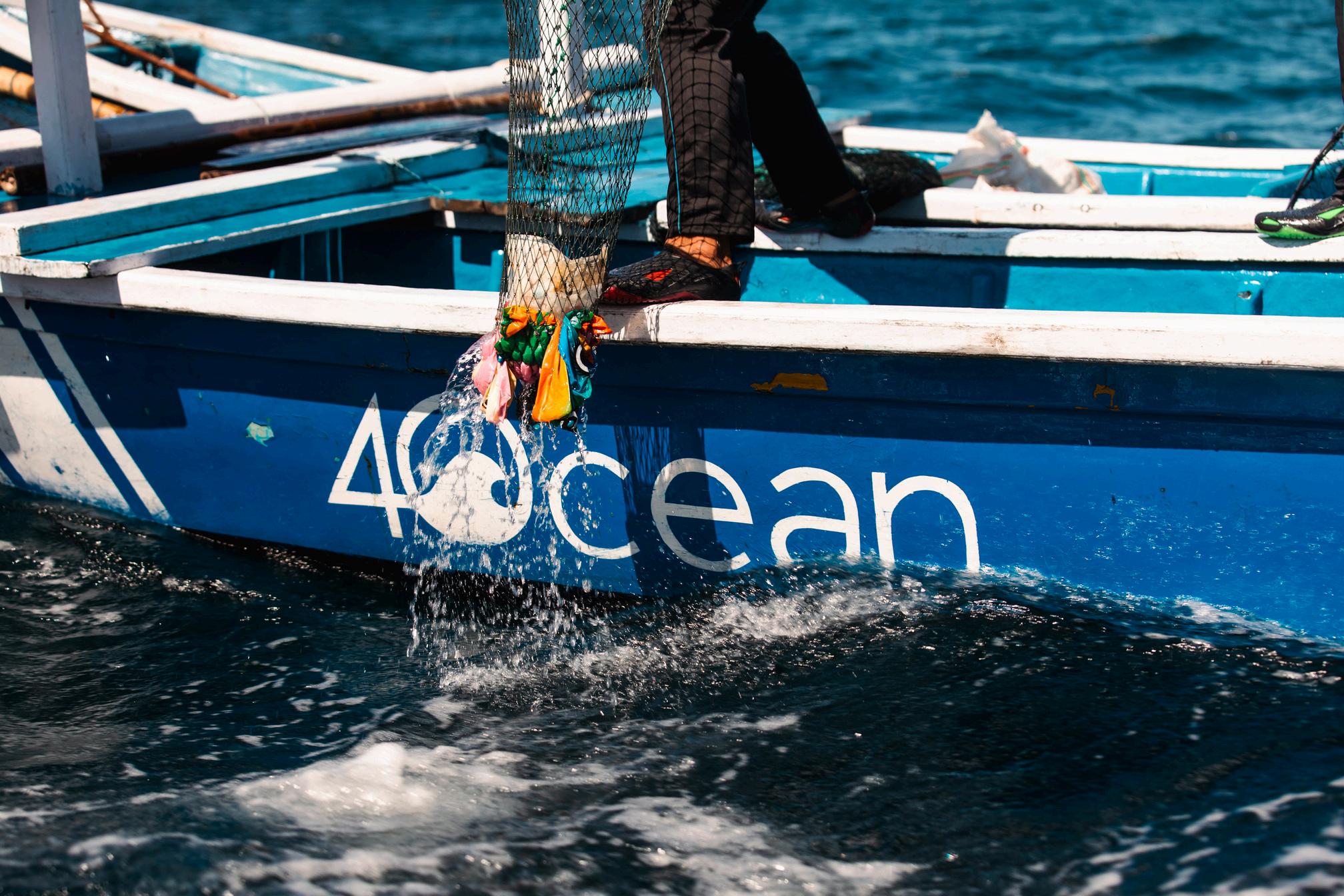
Understanding the Ocean Plastic Crisis
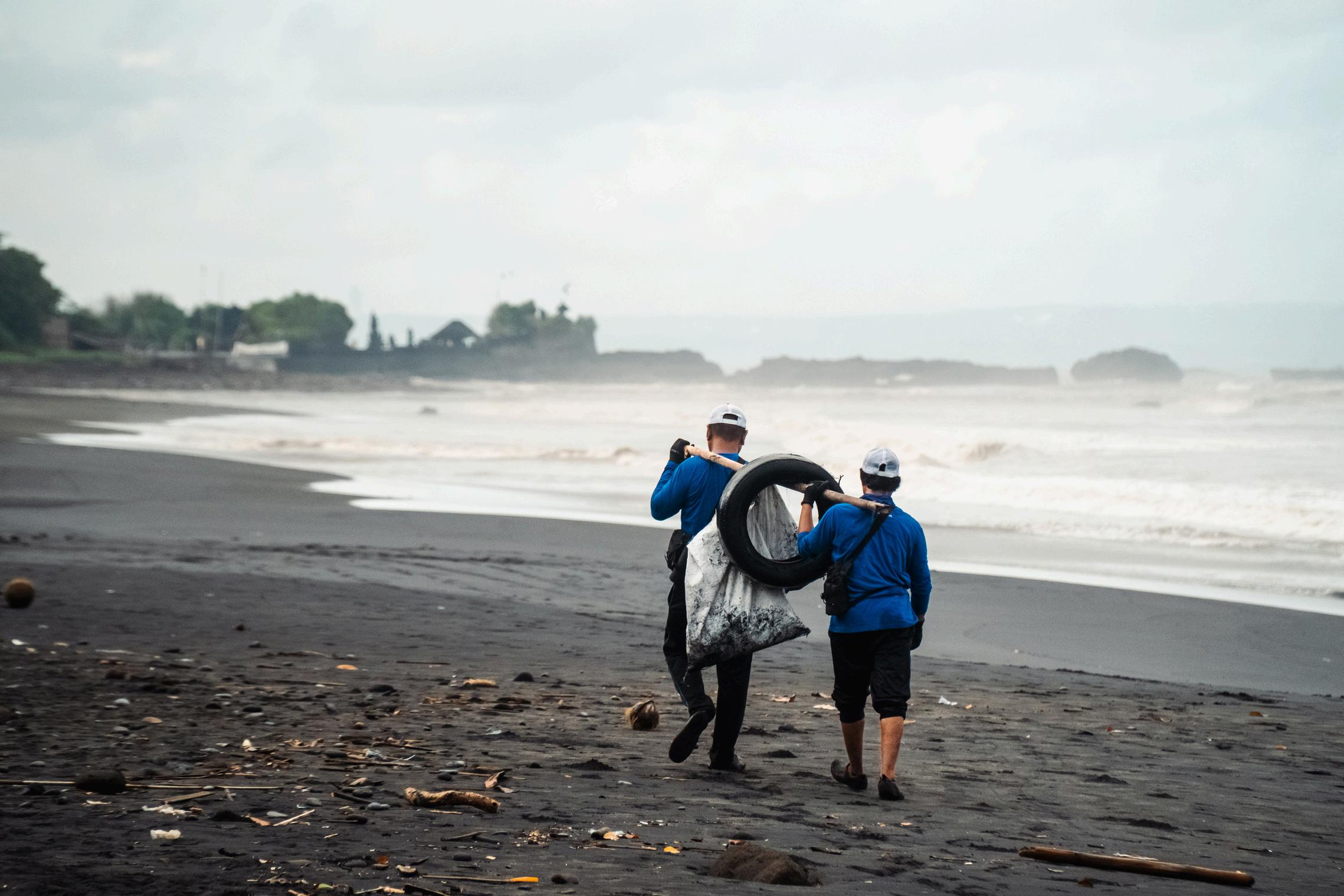
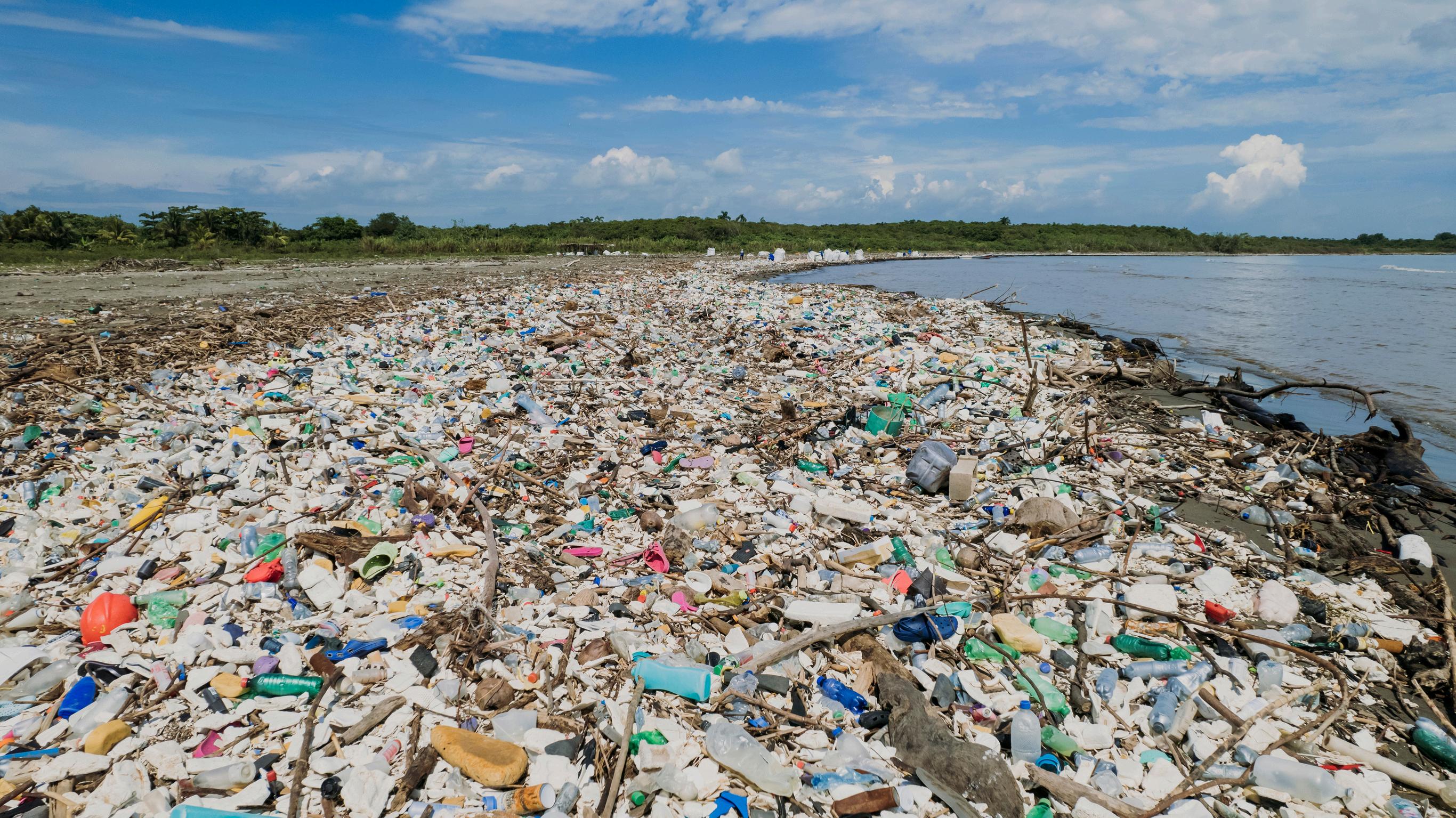

TheOcean’sVital Role
The ocean is the heart of our planet. It regulates climate, provides food, and supports diverse ecosystems. It produces over half of the world's oxygen and absorbs 50 times more carbon dioxide than our atmosphere. The health of our ocean is directly linked to the health of our planet and all who inhabit it.
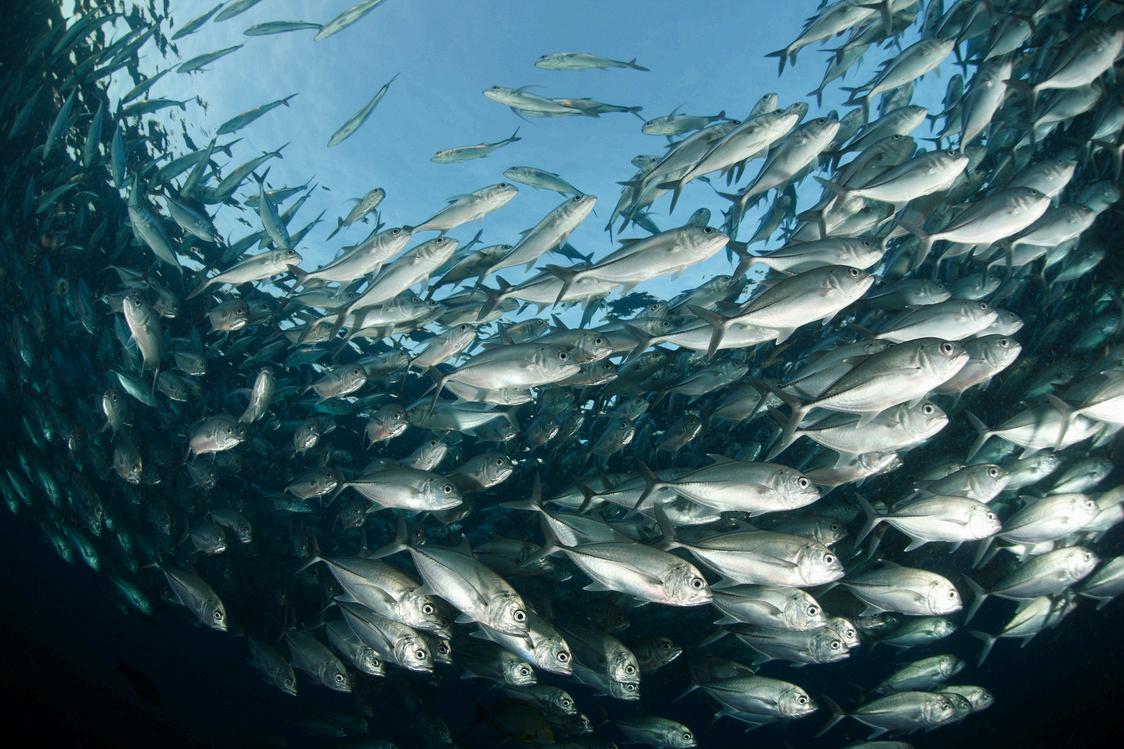


TheInfluxof Plasticintothe Ocean
Every year, an estimated 33 billion pounds of plastic enters the ocean. This staggering amount of waste is equivalent to dumping a garbage truck full of plastic into the ocean every minute. Plastic pollution is a global crisis that affects marine life, ecosystems, and even human health. If current trends continue, by 2050, there could be more plastic in the ocean than fish by weight.

The Lifecycle of Ocean Plastic
Plastic in the Ocean Once plastic enters the ocean, it doesn’t just disappear. Instead, it breaks down into smaller and smaller pieces through a process called photodegradation, driven by exposure to sunlight. These smaller fragments, known as microplastics, can persist in the environment for hundreds of years.
UV Rays and Microplastics When plastic debris floats in the ocean, it is exposed to ultraviolet (UV) rays from the sun. These rays cause the plastic to become brittle and fragment into tiny particles. Microplastics, which are less than 5 millimeters in size, are especially harmful because they are easily ingested by marine life.
Impact on Ocean Animals Microplastics and larger plastic debris pose significant threats to marine animals. Many species, including fish, seabirds, turtles, and marine mammals, mistake plastic for food. Ingesting plastic can lead to blockages in the digestive system, malnutrition, and even death. Moreover, toxins from the plastics can accumulate in the bodies of these animals, leading to health issues and impacting the entire food chain.
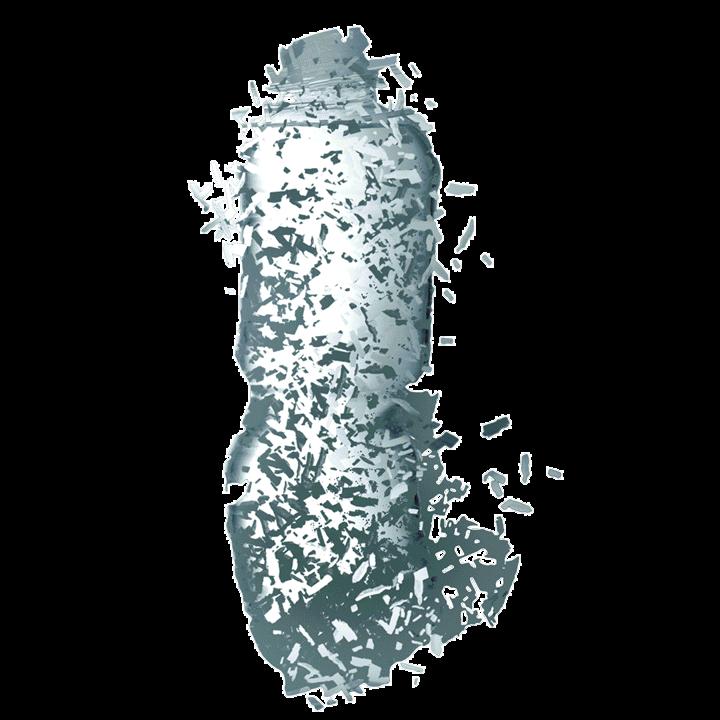





The Lifecycle of Ocean Plastic:
Case Studies
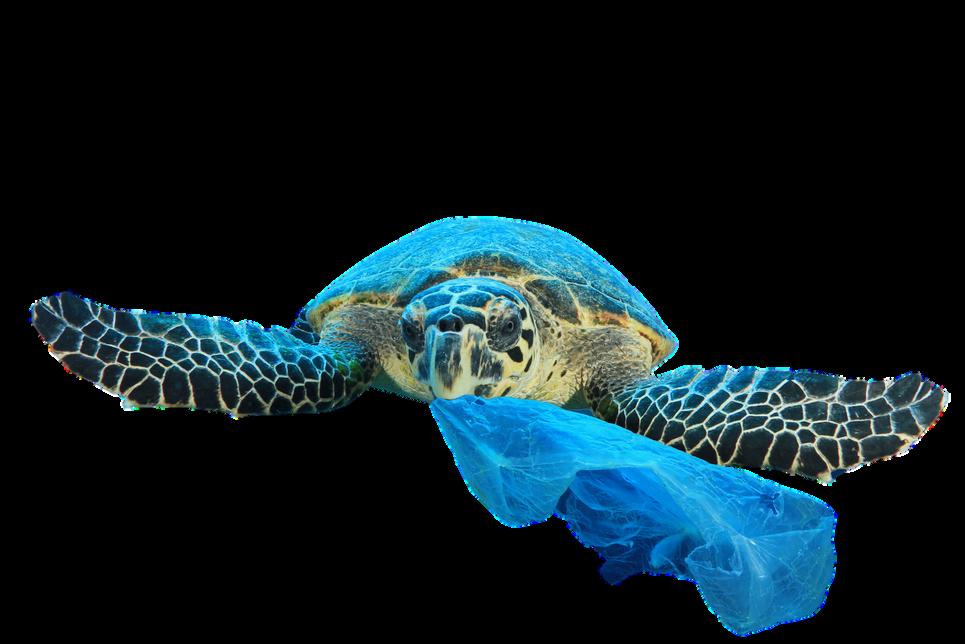
MicroplasticsinFish



Fish,includingthosecommerciallyfished forhumanconsumption,havebeenfound toingestmicroplastics.Thesetinyparticles canaccumulateinthefish'stissues, potentiallyenteringthehumanfoodchain Thelong-termeffectsofconsuming microplasticsarestillbeingstudied,but thepotentialforharmissignificant


Sea Turtles and Plastic Ingestion
Seaturtlesareparticularlyvulnerableto plasticpollution Theyoftenmistake plasticbagsforjellyfish,oneoftheir primaryfoodsources Ingestingplasticcan causeintestinalblockages,leadingto starvationanddeath Studieshaveshown thatoverhalfofallseaturtleshave ingestedsomeformofplastic.
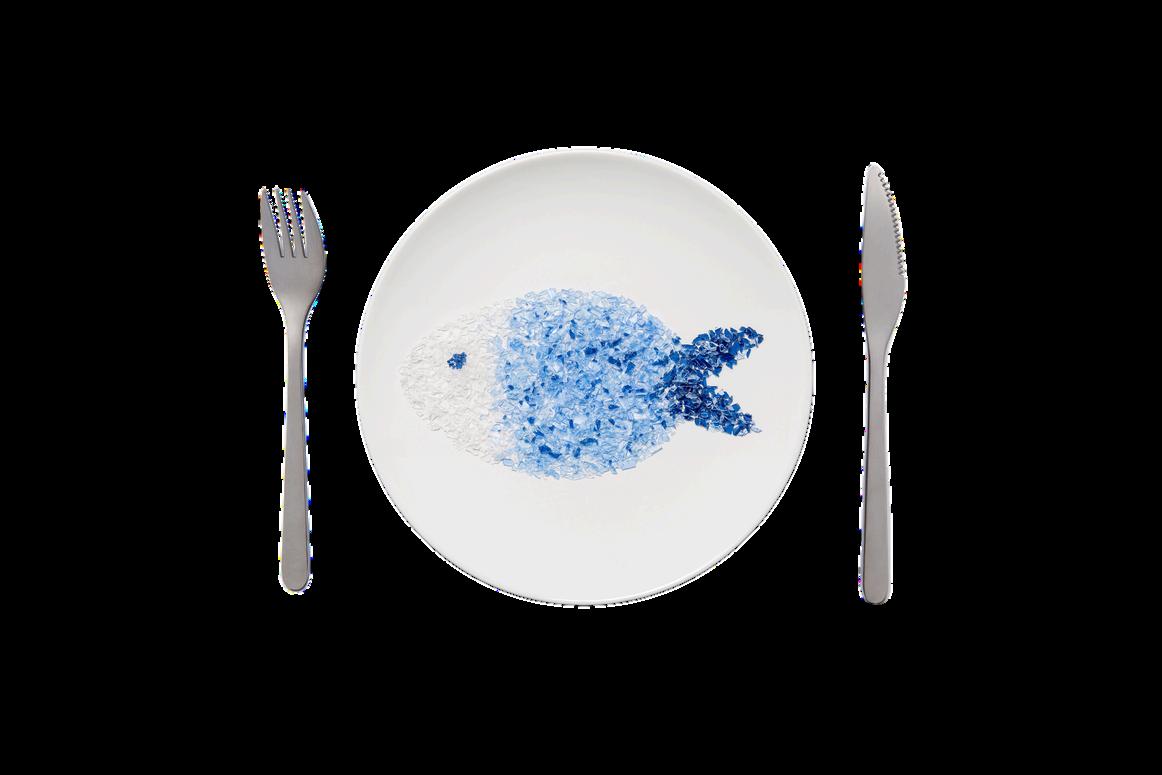




BirdsandPlastic Entanglement
Seabirdsarefrequentlyentangledin plasticdebris,suchasfishingnetsandsixpackrings Entanglementcanleadto injuries,impairedmovement,anddeath. Thealbatross,forexample,hasbeenfound tofeedplasticdebristoitschicks,leading tofatalconsequences.
How Plastic Enters the Ocean
Improper and Insufficient Waste Management: Inadequate infrastructure, lack of recycling programs, and poor waste segregation exacerbate the problem, allowing plastics to enter marine ecosystems where they can persist for hundreds of years.

Storm Drains and Rivers: Runoff from streets, parking lots, and landfills carries plastic waste into storm drains and rivers, which then transport it to the ocean.

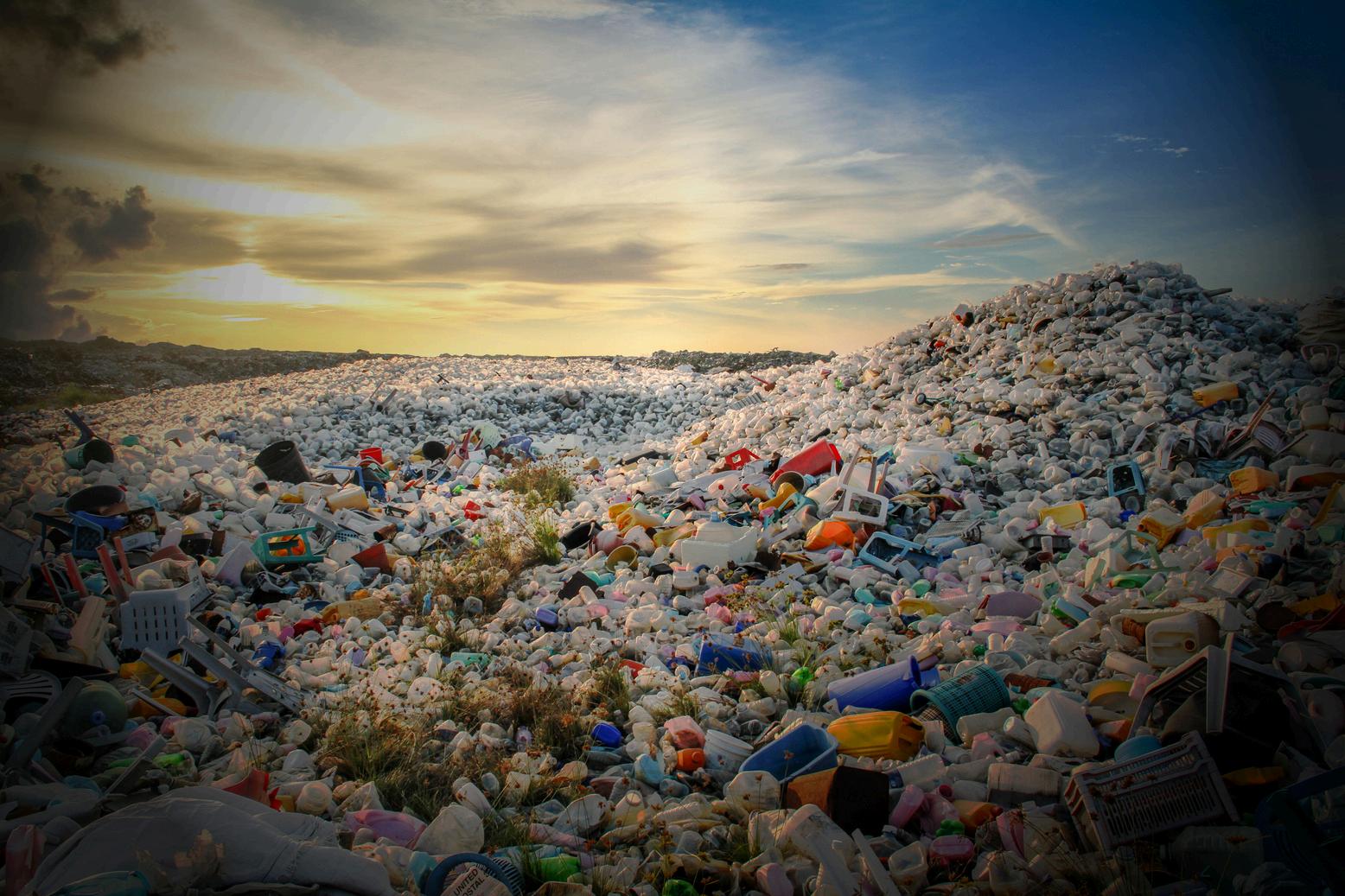

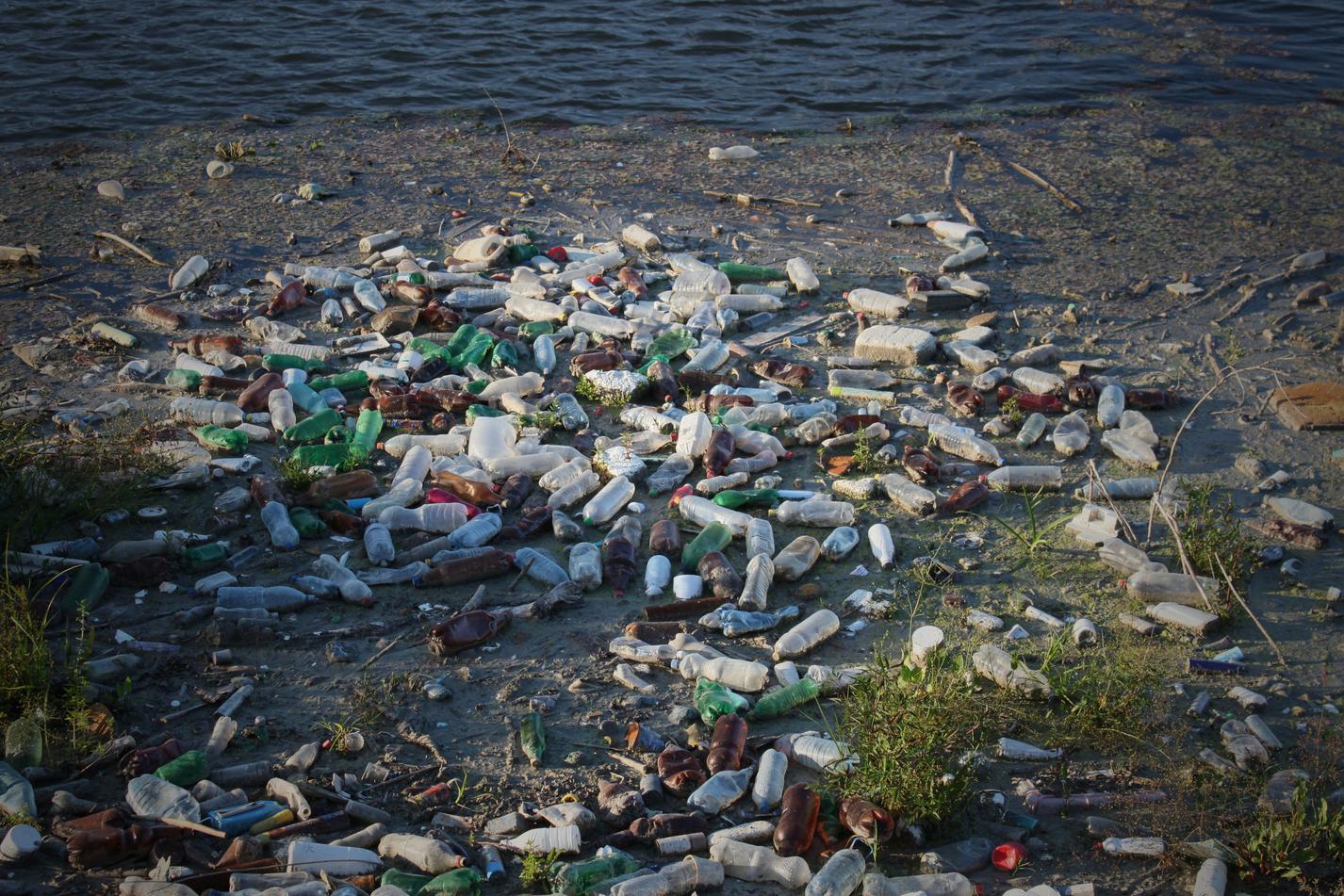
Industrial Sources: Accidental spills, fishing gear, and waste from ships contribute significantly to the ocean's plastic load.


Littering and Improper Disposal: Plastic waste discarded on land can easily find its way into waterways and eventually the ocean.

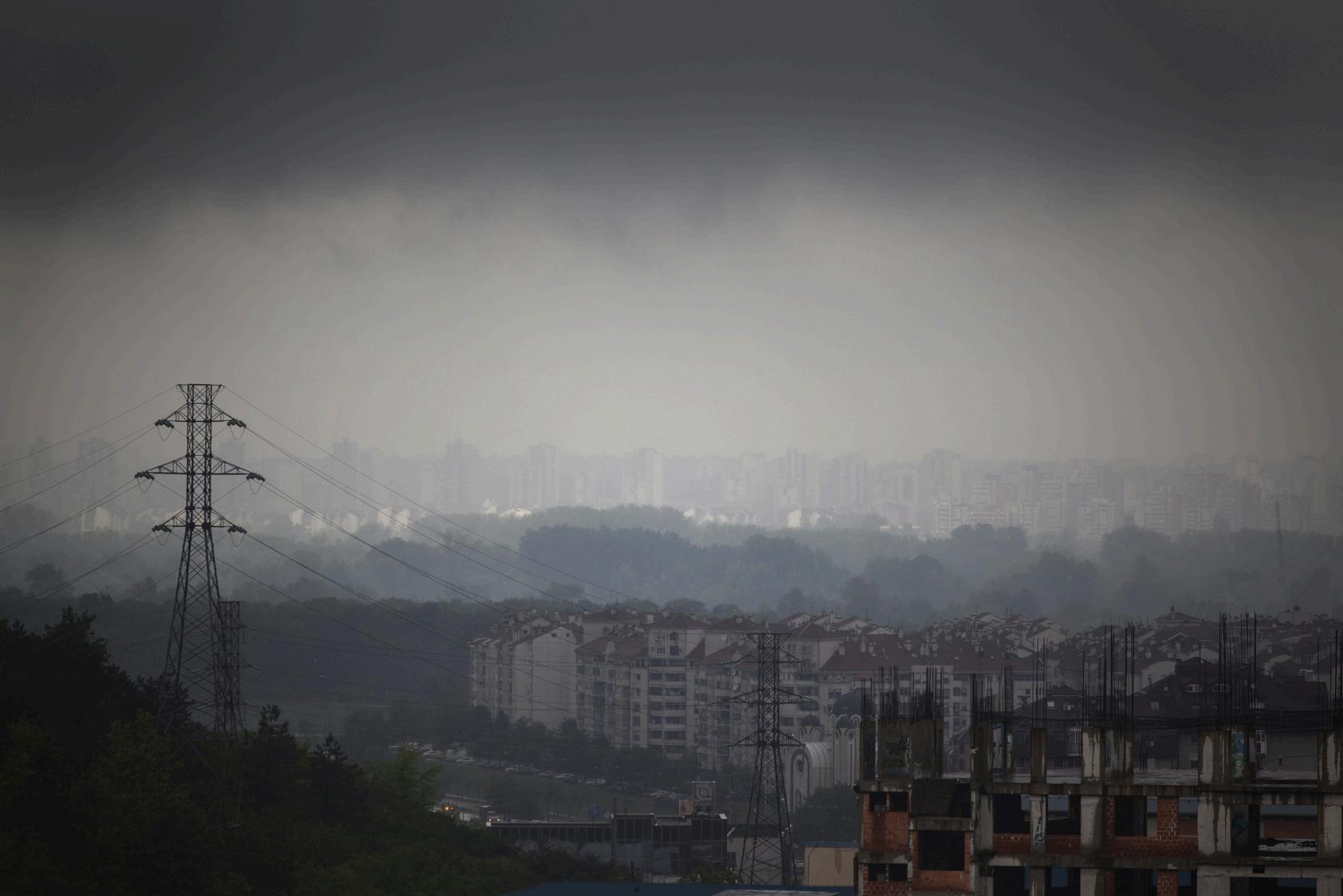


Sustainable Practices at Work
Reduce waste and create a more ocean-friendly workplace with these simple tips.



Sustainable Practices at Work



Refill Stations

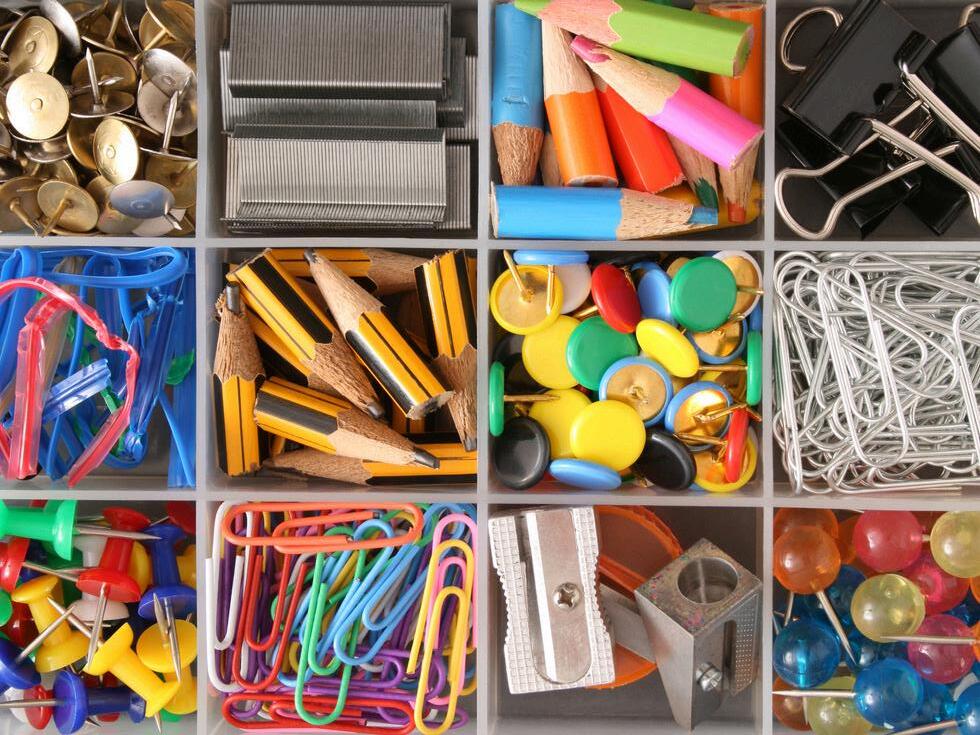







Sustainable Practices at Work

Waste Segregation
Set up clearly labeled recycling bins for different types of waste, including plastic, paper, and ewaste.






Community Engagement
Get involved in ocean cleanup efforts and sustainability initiatives supported by your company Organizing or participating in events like beach cleanups or recycling drives can foster a sense of community and collective responsibility.
Sustainable Practices at Home
Minimizing Plastic Use: Making small changes at home can lead to big results!





ces at Home



Reusable Bags and Containers
Replace single-use plastic bags with reusable shopping bags. Use glass or metal containers for food storage instead of plastic.
plates Optforsustainable




strawsareamongthetop contributorstooceanpollution.


PlasticBags
Thesebagsareusedforshopping, andtheyareoftendiscardedafter asingleuse.


Sustainable Practices at H


PlasticCutlery
Forks,knives,andspoonsmade ofplasticareoftenusedattakeoutrestaurantsandevents.

PlasticFoodContainers
Usedfortakeoutfoodandprepackagedmeals.




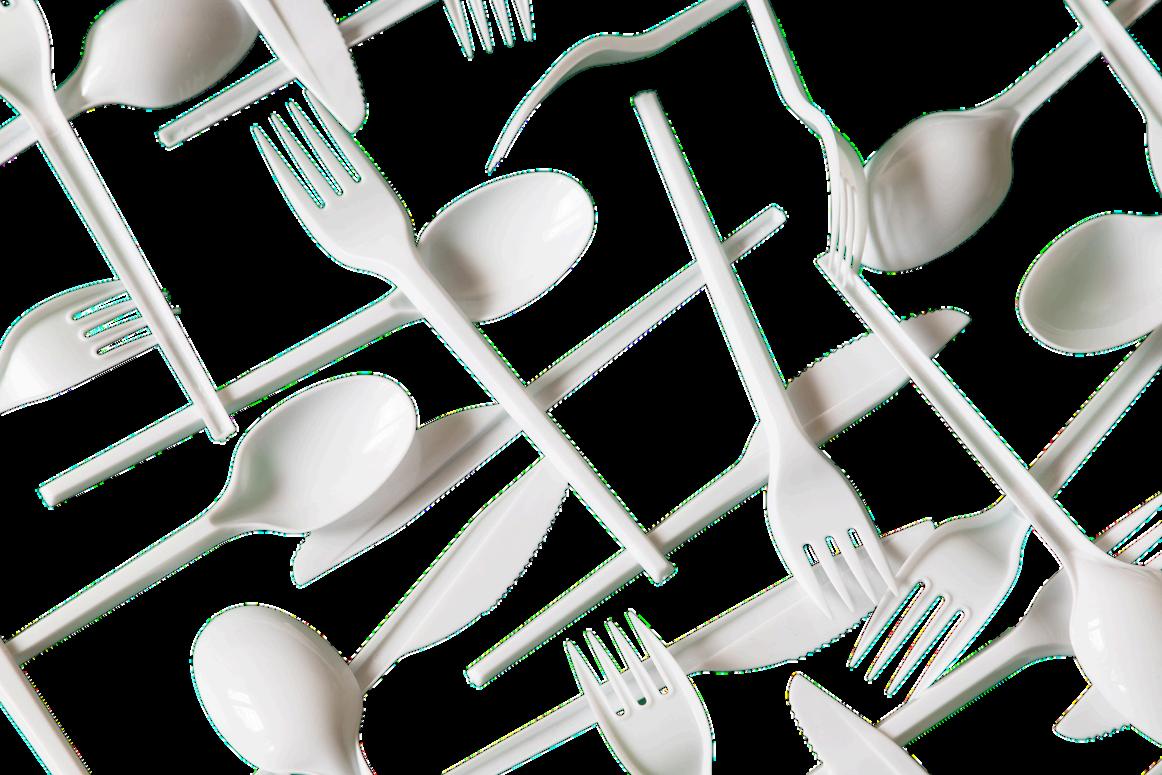


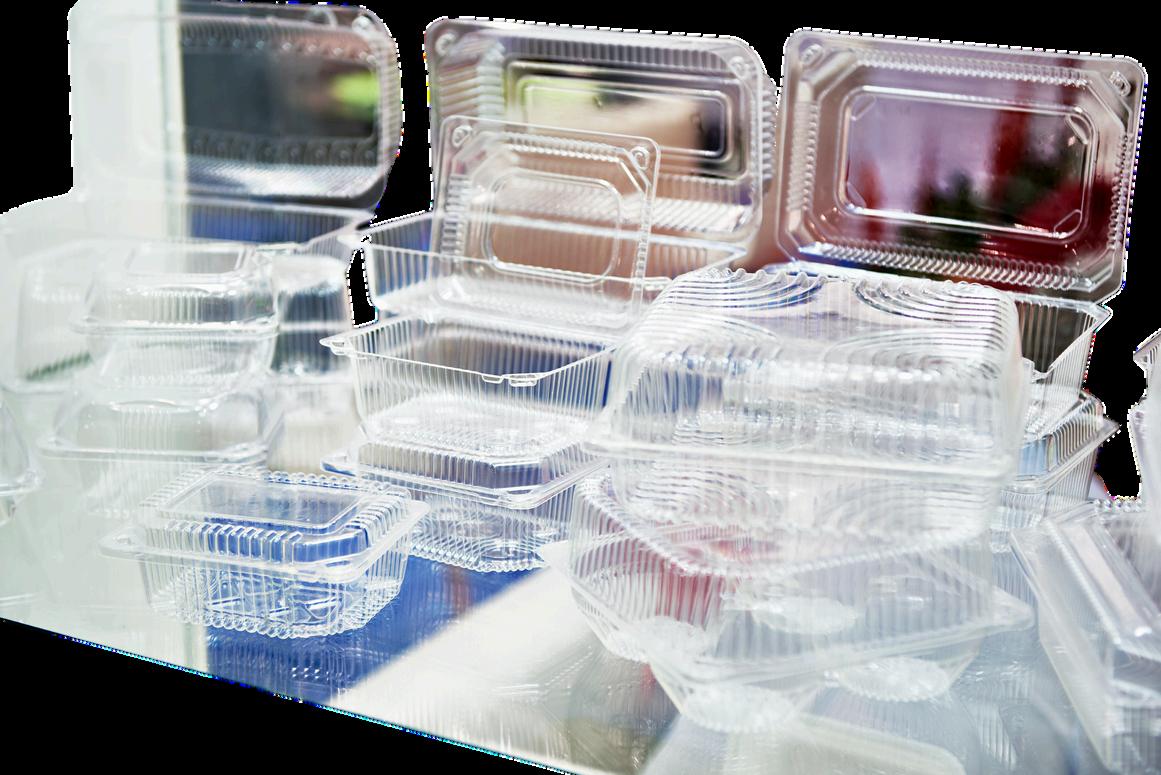




Appendices
Resources and Further Reading Expand your knowledge with these resources:

Books: Plastic Ocean by Charles Moore, Junk Raft by Marcus Eriksen
Documentaries: A Plastic Ocean, Chasing Coral
Websites: 4ocean.com, National Geographic, Ocean Plastics, Ocean Conservancy
Glossary of Terms
Microplastics: Tiny plastic particles less than 5mm in size, often resulting from the breakdown of larger plastic debris.
Bioaccumulation: The accumulation of substances, such as toxins, in an organism over time.
Photodegradation: The process by which UV light breaks down materials, such as plastic, into smaller fragments.
